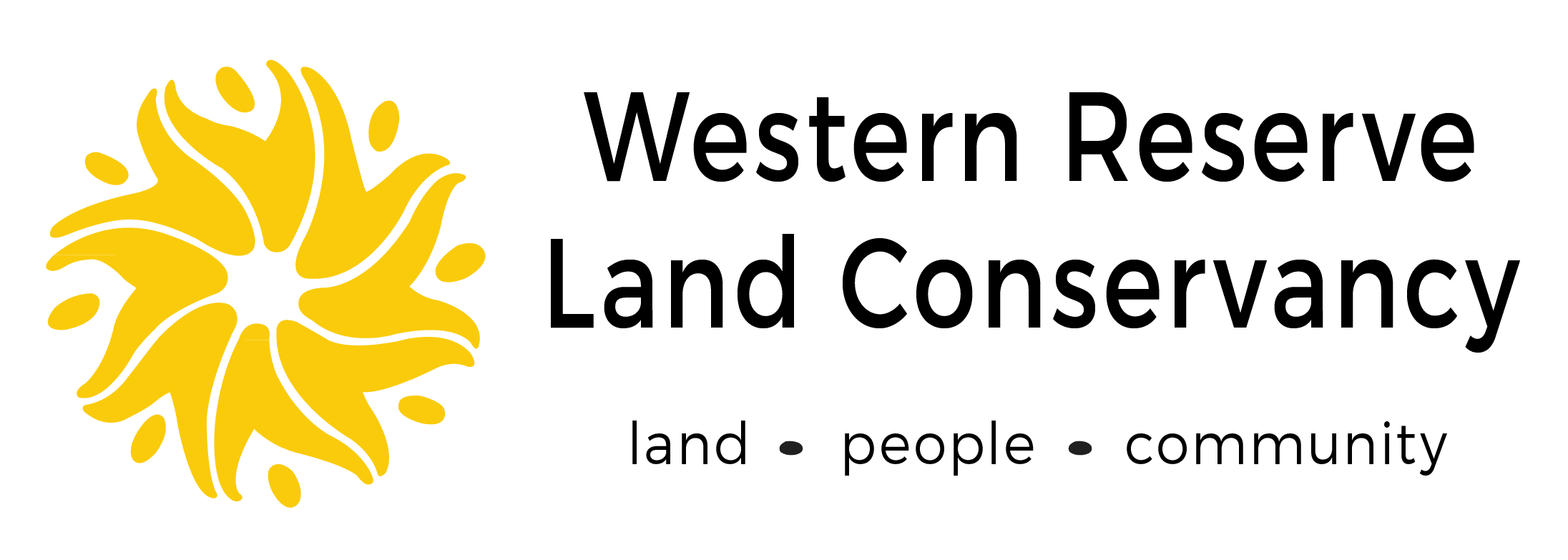
Property Adjacent to Kingsville Swamp is Permanently Protected through Collaboration
Western Reserve Land Conservancy and the Cleveland Museum of Natural History have permanently conserved 29 acres of land adjacent to Kingsville Swamp in Ashtabula County.
Located in North Kingsville, the property is now owned by the Museum, which plans to protect and conserve the property’s outstanding forested scrub-shrub wetlands and important upland forest, providing critical forest buffer for its existing 92-acre Kingsville Swamp Preserve adjoining it.
At least two rare species have been documented on the newly acquired tract of land: the state-threatened Walters’ St. Johnswort (Triadenum walteri), a flowering plant that grows in abundance on this property, and the globally vulnerable West Virginia White butterfly (Pieris virginiensis), a small white butterfly found primarily in wooded habitats.

The West Virginia White butterfly (photo courtesy of the Pennsylvania Department of Conservation & Natural Resources)
The Museum believes the acquisition will be extremely beneficial to the Swamp Preserve, home to a diverse array of native plants and animals including eight other species that are listed as rare in Ohio or globally.
The state endangered, threatened and “species of interest” species include:
- Striped maple (Acer pensylvanicum)
- Inland Serviceberry (Amelanchier interior)
- Veery (Catharus fuscescens)
- American black bear (Ursus americanus)
- Big brown bat (Eptesicus fuscus)
- Black-throated blue warbler (Setophaga caerulescens)
Globally imperiled or vulnerable species include:
- Little brown bat (Myotis lucifugus)
- Gold-spotted ghost moth (Sthenopis preteosus)
- Northern long-eared bat (Myotis septentrionalis)
In September 2019, staff members of the Museum’s Natural Areas Division approached the Land Conservancy regarding the Museum’s interest in acquiring the 29-acre property, which was included in a real estate auction later that month. The Land Conservancy attended the auction, was the successful bidder and provided the capital necessary to close on the acquisition Oct. 31, 2019.
The Land Conservancy then held the property for two years. During this time, the Museum was successful in securing sufficient grant funding from the Clean Ohio Conservation Fund through the Ohio Public Works Commission to acquire the property from the Land Conservancy. Upon taking title to the land from the Land Conservancy late last October, the Museum granted a conservation easement to the Land Conservancy on the entire 29-acre parcel.
Any time that we can conserve wetlands, it’s a win for conservation,” said senior vice president for conservation transactions Alex Czayka. “In this situation, the wetlands just so happened to be part of a larger conservation corridor where the Museum already owned significant land, so this was a property that we knew would have tremendous conservation value.
“We like to support one another when we can on projects,” said Land Conservancy Conservation Project Manager Amy Sargent. “We offer help by exploring funding opportunities, assisting with grant writing and administration, providing project support, and coordinating land protection transactions.”
“The Museum tried to acquire this property about 18 years ago through the previous landowner, but we could not seal the deal back then,” said Garrett Ormiston, the Natural History Museum’s manager of preserve operations. “When the property was listed for sale again in 2019, with only seven days’ notice, the Land Conservancy was able to mobilize quickly, go to the auction, secure the financing necessary to buy the property if they were the successful bidder, and bid on the property. If they hadn’t, the property would probably now be owned by a sand-and-gravel company or a commercial developer.”
According to Ormiston, partnering with Western Reserve Land Conservancy allows his museum to respond quickly to news of properties available for sale. “This partnership plays to both of our strengths: the Museum’s expertise in long-term preservation and management of high-quality habitats such as this one, and the Land Conservancy’s ability to identify strategic land-protection opportunities and implement projects in a timely fashion.”
With a conservation easement placed on the newly acquired property, the Museum plans to control invasive species and protect its existing sensitive habitat as a nature preserve. “We may allow limited public access, providing permits to visitors or organizing small Museum-sponsored field trips for groups of 12 to 15 people,” said Ormiston.
